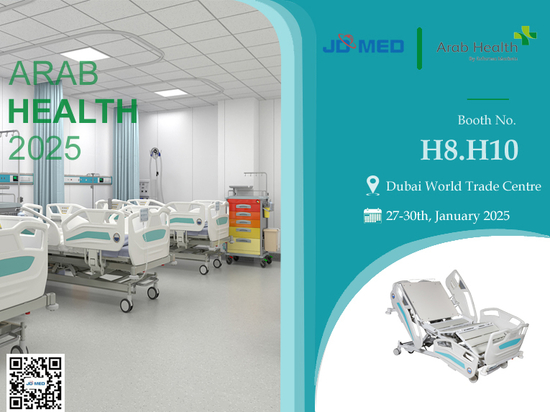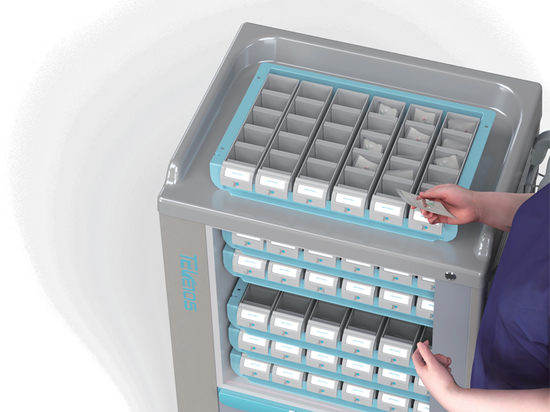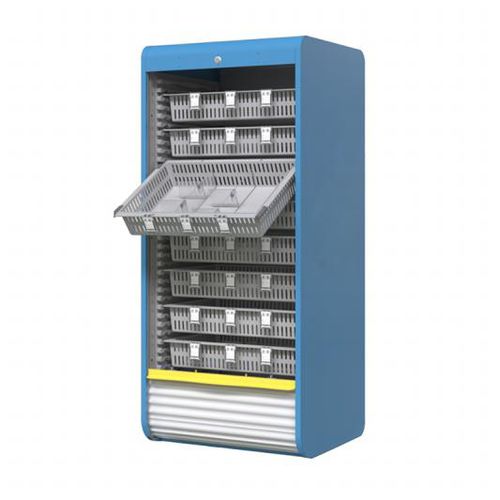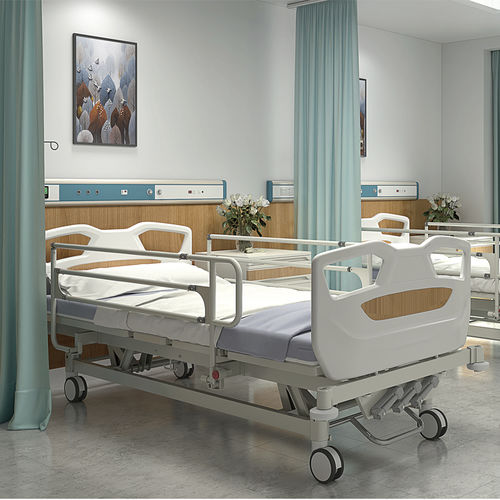
#Industry News
6 design principles for medical furniture
6 design principles for medical furniture
The design of medical furniture involves many parameters, such as ergonomics, color aesthetics, material properties, functional requirements, etc. Compared with other civil furniture, medical furniture has higher requirements for safety, humanization, corrosion resistance, wear resistance and durability. So, how can we design medical furniture that meets the market demand in today's increasingly prominent demand for personalized medical furniture? Combining the development trend of medical furniture design at home and abroad, the following six design principles should be followed in summary.
1. Principles of environmental protection
Medical furniture is closely related to human health, and environmental protection is the primary criterion for evaluating qualified medical furniture. Therefore, the choice of medical furniture must give priority to its environmental protection. In the design stage, the environmental protection of the product should be considered from the aspects of product design, material selection, manufacturing, transportation, installation and use.
2. Functional principle
The functional design of medical furniture includes material functional design and spiritual functional design.
Functional design: refers to the functional design of the product itself, such as sitting, lying, leaning, storage and other functions. At the same time, the design of processing technology, industrial production and convenient handling, stacking, folding, disassembly and assembly should also be considered. According to the use requirements of different departments, it should meet the special function design. Such as barrier-free design, knee pad space, medical gas logistics pipeline layout, etc.
Functional design: refers to meeting people's psychological needs and making people feel happy when using it. For different areas, differentiated designs can be carried out in terms of color matching, material selection, and shape, so that patients can relieve their tension psychologically and spiritually.
3. Safety principles
Most of the people who went in and out of the hospital were not in good health. Compared with healthy people and other environments, the furniture selected by the hospital should pay more attention to the stability, firmness and risk factors of no sharp angle of the structure. At the same time, the design of medical furniture products should be easy to clean in order to effectively prevent and control nosocomial infections.
4. Adaptability principle
Adaptability refers to the design of hospital furniture from the perspective of meeting the needs of the entire life cycle of medical facilities to meet the needs of future hospital development. Therefore, medical furniture adopts modular and standardized design to improve the scalability of its products, flexibly realize the splicing of different shapes, improve the production efficiency and quality of products, and save costs.
5. space matching principle
Medical space is a variety of diagnosis and treatment spaces composed of architectural space, medical furniture and medical facilities according to medical functions. The size, lighting, temperature, ventilation, sound, type and location, color and material of each space should be properly arranged. As one of the "protagonists" of medical space, its design should be closely integrated with the overall environment design of the hospital to meet the needs of medical work to the greatest extent and establish a warm, comfortable and convenient diagnosis and treatment environment centered on patients.
6. The principle of humanization
The "people-oriented" design concept has become a design trend. Medical furniture is an instrument that is in close contact with patients in the diagnosis and treatment environment, and its humanized design is particularly important. The humanized design of medical furniture is not only convenient for doctors and patients to use, but will also better improve the hospital's healing environment and diagnosis and treatment services.
As a provider of overall medical furniture solutions, JDMED’s products cover a full range of medical furniture for outpatient, clinical, nursing, medical technology, and administrative units. It has served medical and elderly care institutions in more than 80 countries around the world, involving general hospitals and traditional Chinese medicine hospitals, maternity and child hospitals, nursing homes, etc., and has accumulated rich experience in the design and layout of hospital furniture, and proposes different solutions for different customers, providing hospitals with more intelligent and medical furniture products and services.







